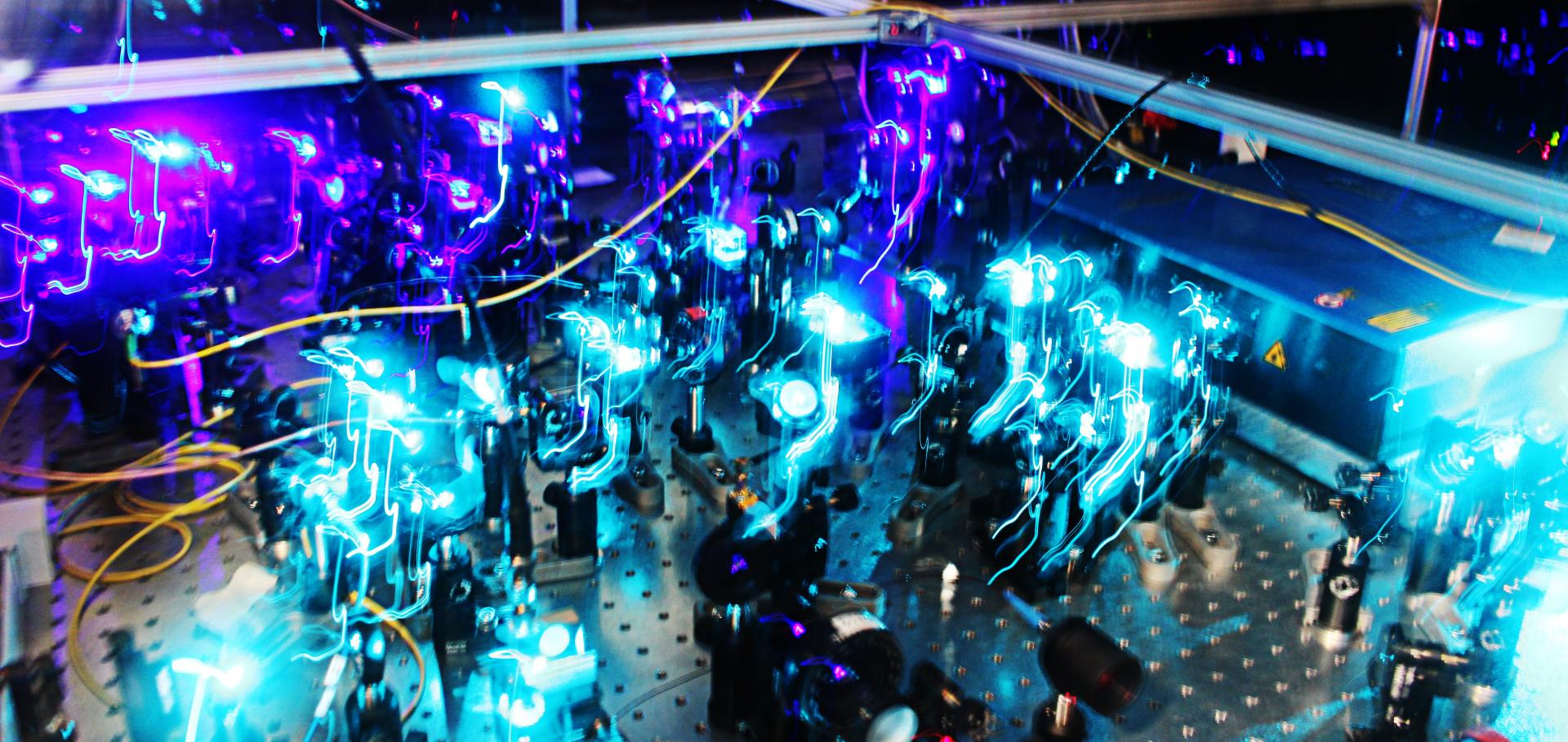Tristan leads the Quantum Biosystems and Materials Group working on interdisciplinary applications of quantum physics using organic and new inorganic quantum materials like perovskites.
Tristan is Principal Investigator on a research programme award from the Gordon and Betty Moore Foundation focussing on quantum biophysics. It aims to show quantum effects in living biosystems through experiments and theoretical proofs, in collaboration with Co-Investigators from the Frontiers of Quantum Physics and Quantum Optoelectronics Groups at the University of Oxford.
In partnership with IBM, Tristan develops quantum simulations of quantum effects in biosystems and materials. Quantum phenomena can influence molecular interactions in biochemical reactions so a better understanding of these could lead to breakthroughs in seemingly unconnected areas like drug development, energy-efficient bioluminescent artificial lighting, medical imaging and low-power computing.


